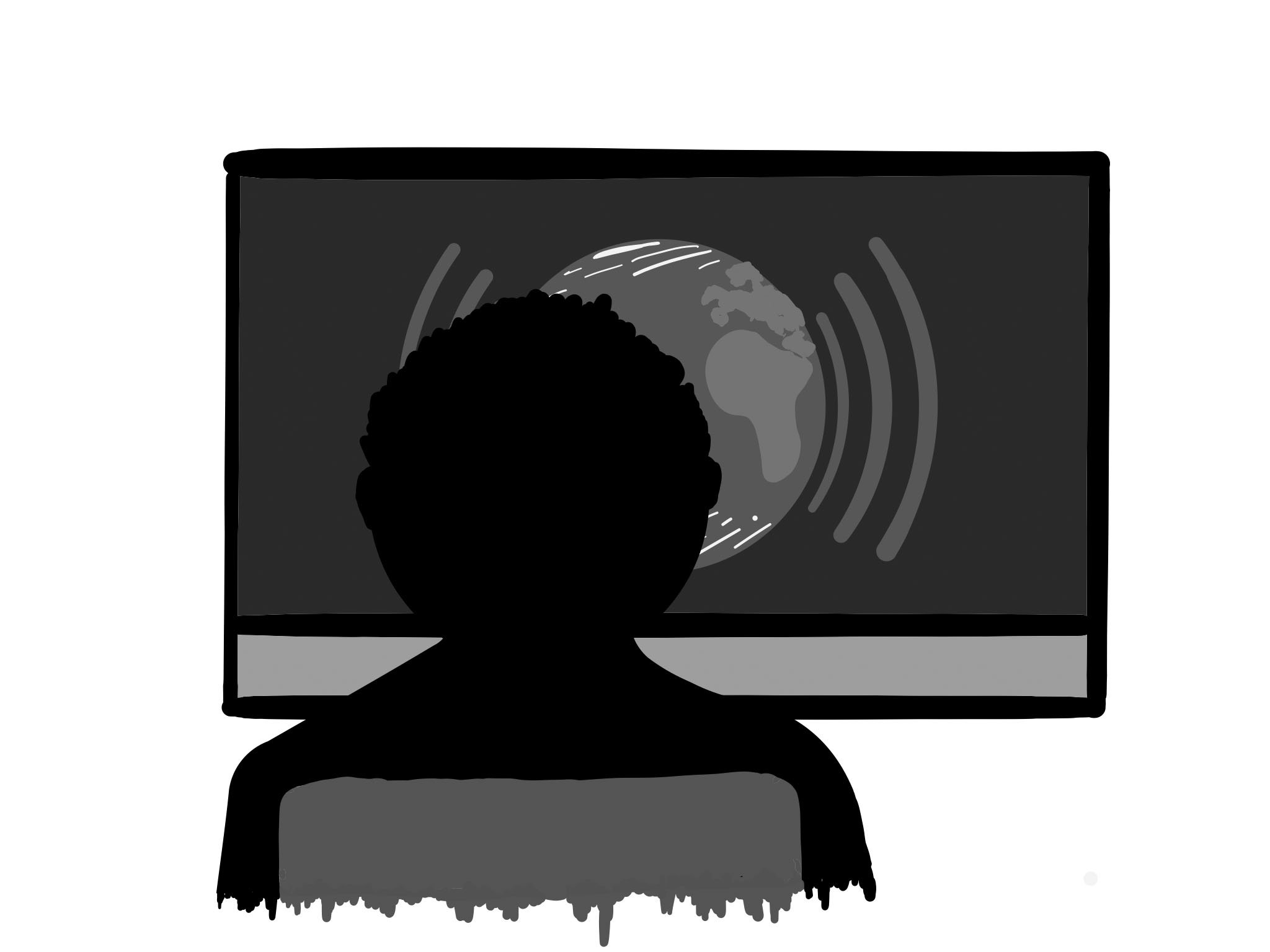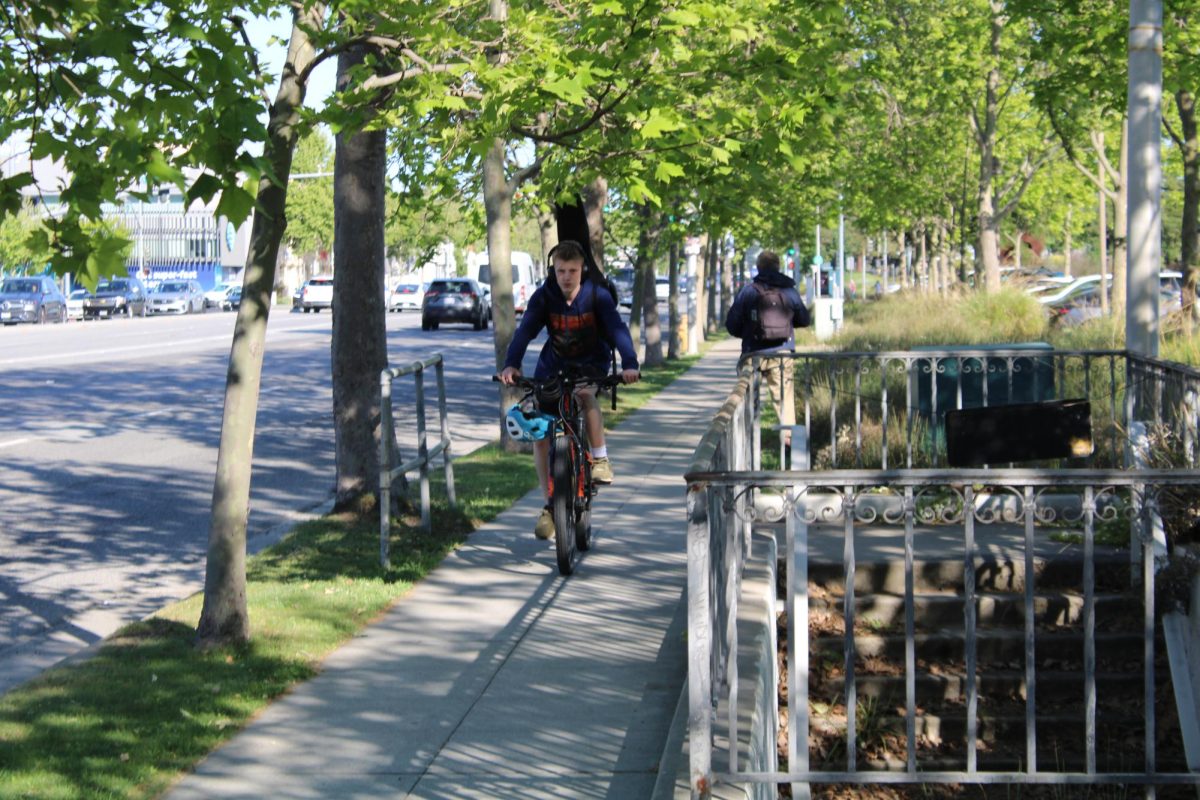On a normal school day, junior Cate Dyer wakes up about 30 minutes before class, has breakfast and then walks over to her desk and logs into Zoom. PAUSD has made the switch from asynchronous to synchronous learning, with a full schedule for students like Dyer consisting of either three or four Zoom classes a day and a 30-minute lunch break.
When COVID-19 caused the district to shut down in March, PAUSD officials made the decision to keep classes and online Zooms asynchronous, without a specific schedule.
Students could complete their class work when they wanted to and weren’t required to be part of class Zoom calls. The district also decided to switch grading to a credit/no credit system.
This year’s schedule forces students to be on their computer more than they would if they went to school in person.
According to the EyeQue article, “Does Staring at Screens Hurt Your Eyes?” Computer Vision Syndrome can result from spending prolonged periods of time staring at a computer screen.
CVS can cause a range of symptoms including as eye strain, headaches, blurred vision, dry eyes and neck and shoulder pain.
“Studies indicate 50-90% of computer users experience symptoms indicative of computer vision syndrome,” the Eye Que team said. “Moreover, the level of discomfort appears to get worse the longer one stares at a screen.”
Because of negative health effects such as this, Dyer said she has mixed feelings about having Zoom classes every day.
“I like how Zoom classes are structured, unlike last year when I didn’t feel like I was learning anything,” Dyer said. “However, some days I am on the computer for hours on end, which gets very tiring. I think we would all benefit from having Zoom classes some days, and the other days we work on Schoology or other assignments.”
As for sleep and time management, Dyer said this year’s schedule has been better for her than when school shut down for in-person learning last spring.
“My sleep had definitely improved with online classes,” Dyer said. “As teenagers, we don’t get tired early — therefore I can now go to bed later and wake up later, and get enough sleep. Falling asleep when I am actually tired improves my sleep.”
Superintendent Don Austin said the decision to make online classes look different this year as compared to second semester last year came from overwhelming feedback from parents and guardians that they wanted synchronous learning for their children.
However, Austin said he has also received negative feedback about this year from families saying there are too many Zoom meetings in a week.
“I think it is one of those things where we are really never going to make everyone happy, but the interactions with one another and teacher to student are definitely much better,” Austin said.
But AP Psychology teacher Chris Farina said it would be difficult to teach students in any other way given the current state and county health guidelines.
And while students and teachers are likely stuck with some form of remote learning for the long term, Farina said there are things students and teachers can do to help with the fatigue ofstaring at a computer screen all day.
“Every 15 minutes, you should take a break and you should stare at something that is 15 feet away for 15 seconds,” Farina said. “This gives your eyes a chance to adjust to something that is at a different distance. In our everyday lives, we are not staring at something that is always 15 feet in distance away from us.”
Farina also said students and teachers should pay more attention to the ergonomics of their working environment.
“Making sure that you have your chair at the right height, having your back supported, making sure your wrists are at the right angle, your computer being elevated to the right height so you are not looking down and cramping your neck, and things like that,” Farina said.“That is important and isn’t given enough recognition.”









